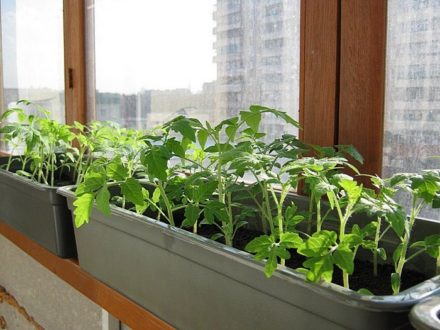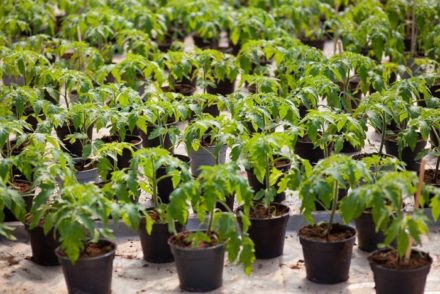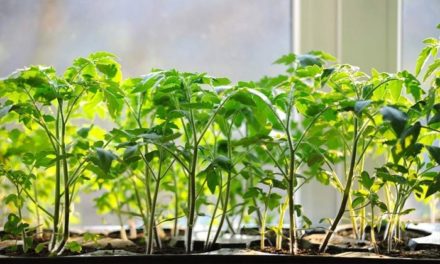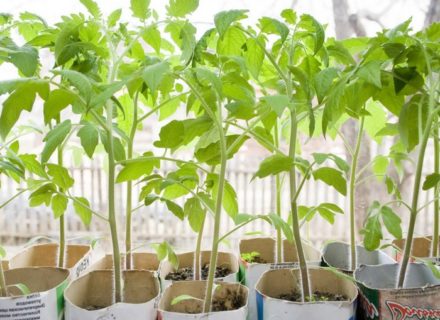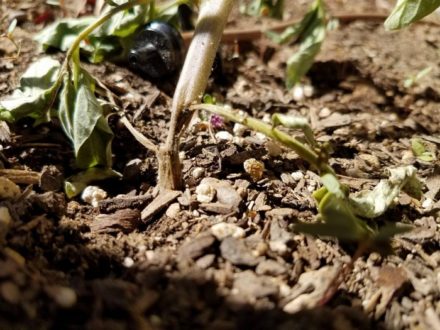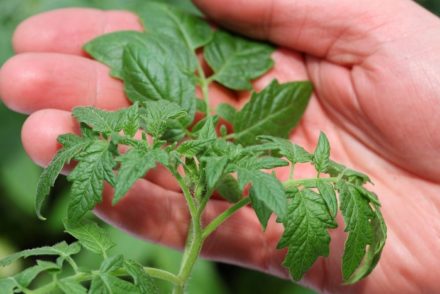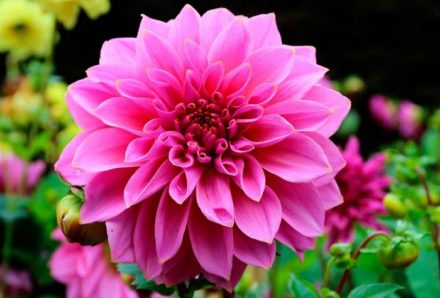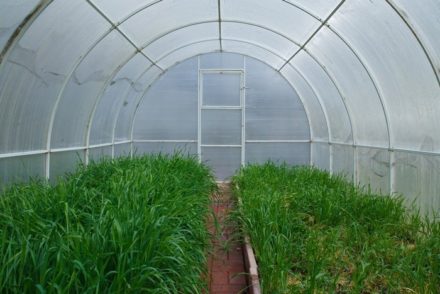Growing plants at home is not easy - the process requires a lot of work and responsibility. It often happens that gardeners have problems when growing tomatoes. What microelements may seedlings lack and how to deal with it?
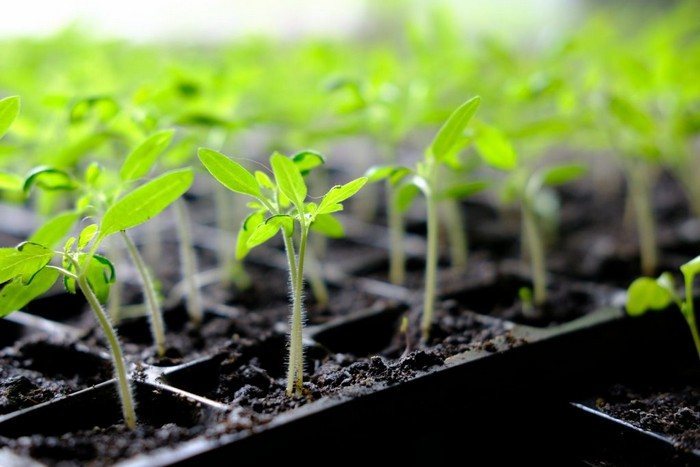
Nitrogen starvation
When seedlings lack nitrogen, seedlings begin to grow more slowly. The new leaves are pale green, and they remain that way - small and inconspicuous. They begin to turn yellow, dry out at the edges and fall off - this is called “chlorosis”. In the lower part, the leaves lighten and curl, the stem becomes softer, and bluish-red hues suddenly appear on the veins on the back of the leaf.
Treating tomatoes for chlorosis is simple: you need to feed them with nitrogen-containing fertilizers - urea, ammonium sulfate, ammonium nitrate. Among other things, it is advisable to transplant the seedlings into a larger pot.
Phosphorus fasting
Due to a lack of phosphorus, seedlings begin to grow more slowly, the leaves curl into a tube, and the leaf blades and stems acquire a purple tint. Gardeners sometimes confuse phosphorus deficiency with diseases - it is difficult to distinguish them by appearance.
The main reason lies in the wrong choice of fertilizer, so tomato seedlings are treated for phosphorus deficiency with phosphorus-containing fertilizer at a temperature of at least 15 degrees Celsius.
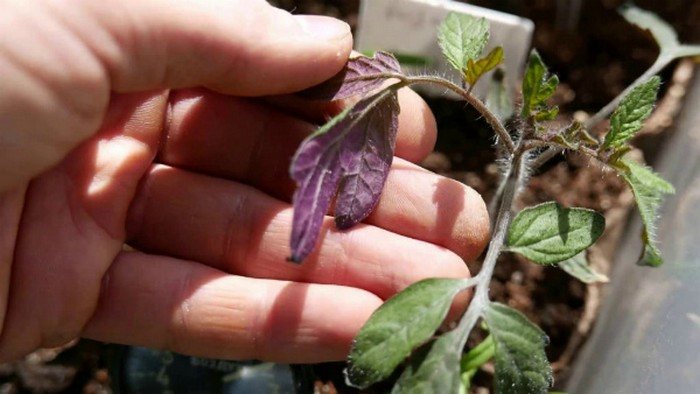
Potassium deficiency
If seedlings do not have enough potassium, they often begin to get sick and become more vulnerable to the most minor problems, such as improper watering. The leaves become dark green, dry out at the edges, wrinkle and die, while the young leaves become smaller and curl.
To solve this problem, you will need potassium-containing fertilizers like potassium nitrate, as well as wood ash.
Calcium deficiency
With a lack of calcium, the tops of seedlings and the tips of young leaves gradually begin to dry out. In this case, foliar or root feeding with calcium nitrate is recommended.
Iron deficiency
Without iron, seedlings have a hard time - they lose their natural color, becoming lighter and lighter from the stem to the very tips of the leaves. If left untreated, it can become completely white. In this case, fertilizers based on iron sulfate will be required, and you can also spray the seedlings with iron sulfate.
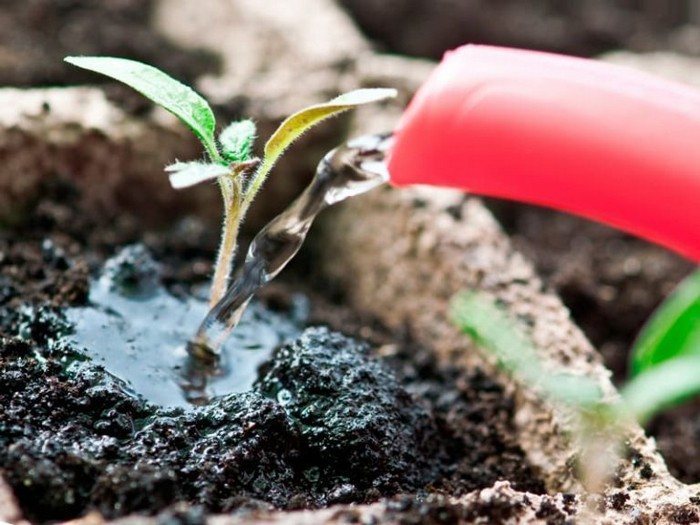
Copper deficiency
A lack of copper is manifested in seedlings acquiring a blue-green hue and weakening of the stems and petioles. The lack of an important element must be replenished from nutrient solutions with copper sulfate or copper sulfate.
Magnesium deficiency
With magnesium deficiency, leaves and petioles become brittle and brittle, first yellow and then brown spots appear on the leaves. To solve this problem, you will need foliar fertilizing with magnesium nitrate.
Probably every gardener practices growing tomatoes. In general, the seedlings of this plant are unpretentious, but they also require a special approach - and the result will not be long in coming.


